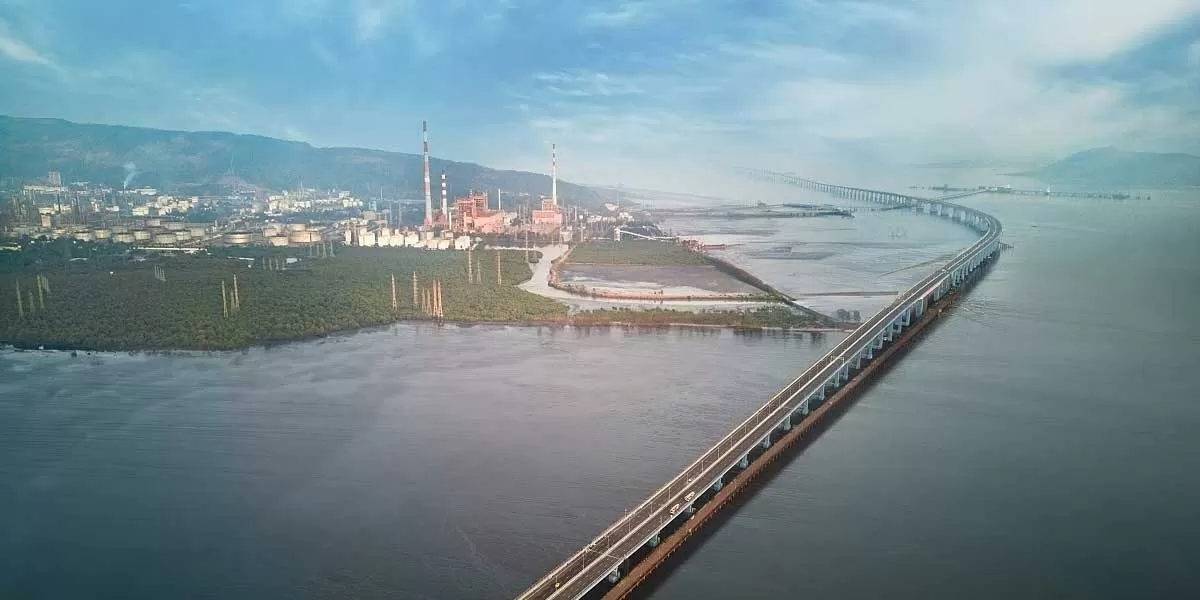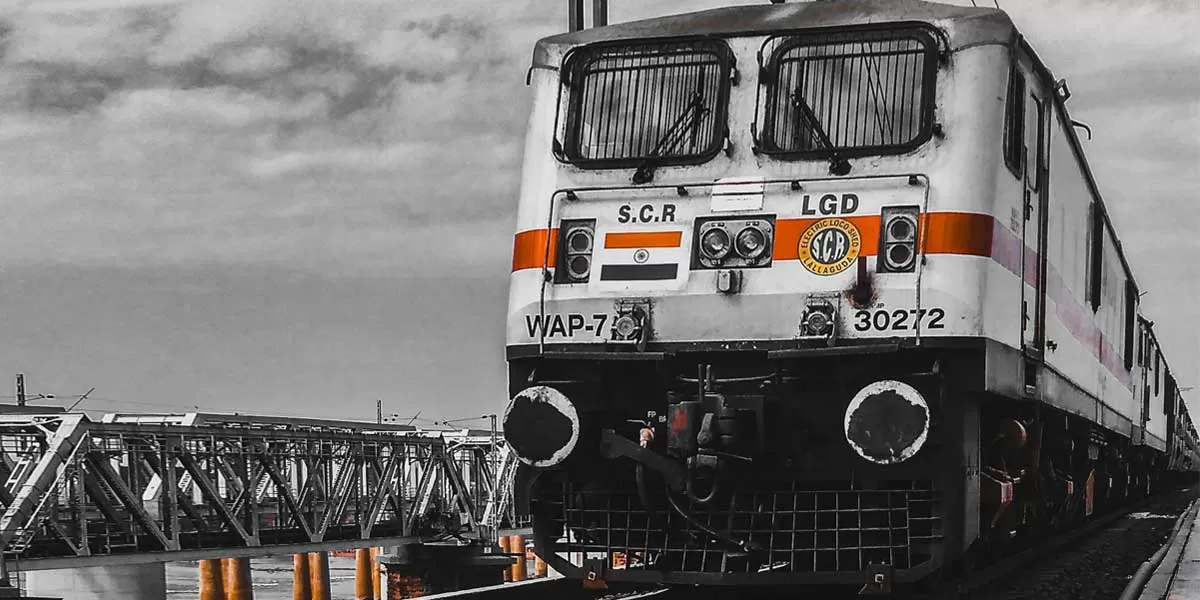
Japan's Cutting-Edge Technology Powers India's Longest Sea Bridge

Arunachal Approves 50 per cent SGST Reimbursement
The Arunachal Pradesh Cabinet, led by Chief Minister Pema Khandu, has approved a 50 per cent reimbursement of State Goods and Services Tax (SGST) for the 1,200 MW Kalai II Hydro Electric Project to encourage investment and speed up hydropower development. The project, located on the Lohit River in Anjaw district, is being developed by THDC India Ltd in collaboration with the Arunachal government and involves an estimated Rs 140 bn investment. It is projected to generate Rs 3.18 bn annually in free power and contribute Rs 22 mn per year to the Local Area Development Fund, benefiting nearby co..

India Surpasses US, Europe in Locomotive Production
India has set a new benchmark in railway manufacturing by producing 1,681 locomotives in FY 2024, surpassing both the United States and Europe. This achievement highlights the country's leadership in locomotive production, driven by the Make in India initiative and Indian Railways’ modernisation efforts. Key contributors include Chittaranjan Locomotive Works (CLW), Banaras Locomotive Works (BLW), and Patiala Locomotive Works (PLW). These production hubs have significantly boosted both freight and passenger train capacity, including advanced Vande Bharat trains and high-powered freight loco..

Maharashtra Commissions 1,900 km Rail Projects
Indian Railways has commissioned over 1,900 km of new rail lines in Maharashtra as part of infrastructure projects worth Rs 815.80 bn. The expansion includes new railway lines, track doubling, electrification, and freight corridors, aimed at improving connectivity and reducing congestion. Key projects include the Wardha-Ballarshah third line, Bhusawal-Jalgaon quadrupling, and sections of the Dedicated Freight Corridor. The Mumbai suburban rail network is also undergoing major enhancements to accommodate growing passenger demand. These developments align with the central government’s focu..














